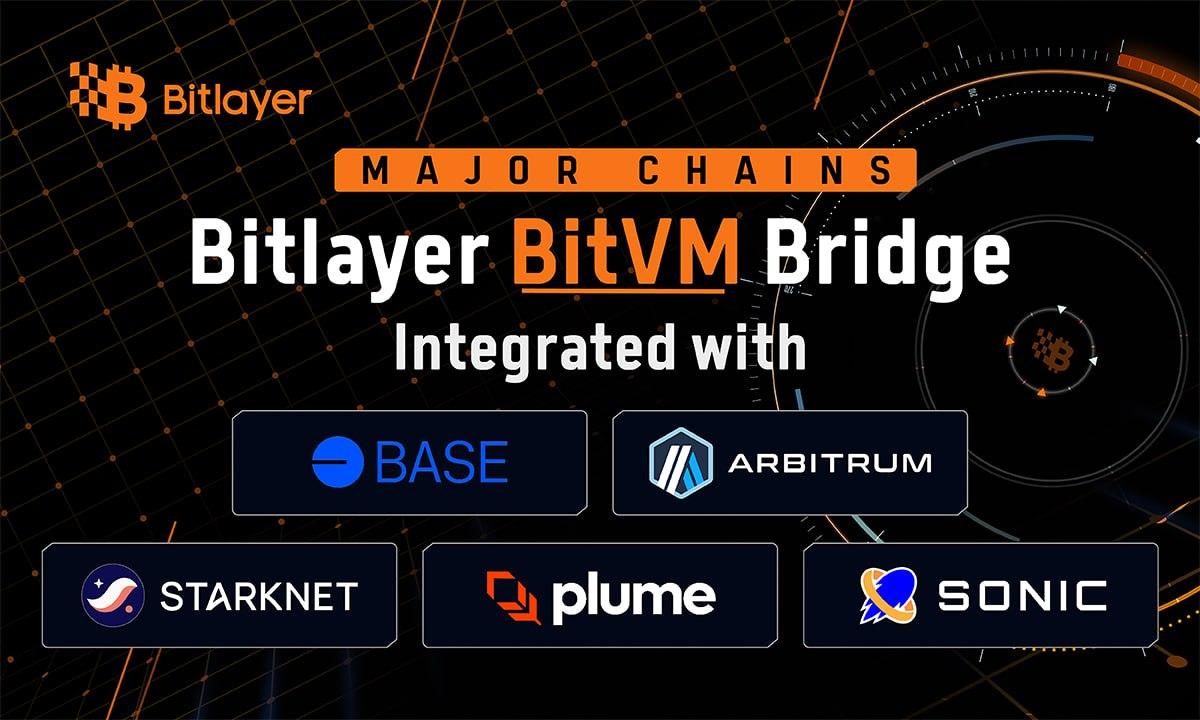Table of Contents
In 2023, few crypto narratives have been as persistent as Ethereum staking. With new DeFi use cases in short supply, and a spate of hacks dampening enthusiasm for untested smart contracts, staking has become a safe haven for many. Tens of billions of dollars are locked into the Ethereum staking contract, much of it through liquid staking protocols such as Lido and Rocket.
As staking has grown in stature, the liquid staking tokens it’s unleashed, such as stETH, are being put to use in DeFi, earning users additional yield. Meanwhile, the development of staking protocols is providing further utility while providing a way to secure layer2 networks. Now, with the launch of SSV.network’s mainnet, the final piece in the staking puzzle – DVT – is about to be slotted into position.
DVT Makes Its Mainnet Debut
Distributed Validator Technology (DVT) is a clever solution that allows a single Ethereum validator to be controlled by multiple operators. Developed by the founders of SSV.network, and utilized by a number of emerging DVT protocols, the technology has been hailed as a breakthrough in decentralizing Ethereum while giving validators additional protection against slashing risks, since the responsibility for maintaining uptime can now be shared.
At present, each Ethereum validator runs on a single node. Most of the time, this setup works fine, but there are edge cases where a node can go offline for various reasons. This can result in the node operator being penalized, since maintaining uptime is one of the conditions of participating in Ethereum staking. Using DVT to grant multiple operators control of a validator also provides redundancy, allowing entities in different physical locations to control a node. On September 14, SSV.network launched its mainnet, providing the Ethereum ecosystem with the first example of DVT in action.
From Paper to Production
Distributed Validator Technology began life as a research paper that was created by members of SSV.network in collaboration with members of the Ethereum Foundation. At the time, the technology was billed SSV (Secret Shared Validators), hence the name SSV.network. When conceptualizing DVT, its creators were aiming to enhance network decentralization, fault tolerance, and to promote greater diversity in staking providers.
Building networks upon networks has been a running theme within DeFi over the last two years, as seen by the proliferation of layer2 and layer3 chains that draw security from a layer1 such as Ethereum. SSV.network adds another layer to Ethereum, interacting with the validators on the network and overseeing KeyShare assignments. The SSV protocol takes the private key from a validator, encrypts and divides it, and assigns it to multiple nodes. This distributes responsibility for running the validator, while ensuring that no single entity can control proceedings.
The Eth2 staking contract is dominated by a small number of staking pools, Coinbase, Binance, and Lido among them. While there is nothing to suggest any of these entities will act against the interests of the Ethereum community, reducing their control over the staking industry is healthy. DVT has the potential to further decentralize Ethereum, ensuring that the network is not reliant on small validator sets. As SSV.network onboards more Ethereum validators, Distributed Validator Technology will finally be tested at scale.
Disclaimer: This article is provided for informational purposes only. It is not offered or intended to be used as legal, tax, investment, financial, or other advice
Credit: Source link























